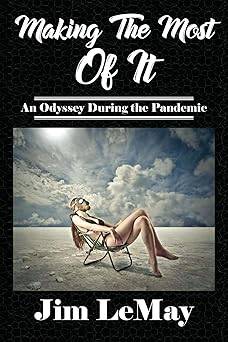This is a thought-provoking and enlightening exploration of spirituality and perception. The text functions as a guide to self-improvement, with a mixture of autobiographical elements and snippets of universal wisdom. The speaker provides accessible solutions to life’s difficulties, and an outlook of optimism applicable to any circumstance. The illustrations and graphics are thoughtfully chosen, and the interactive textual elements give this work an originality that sets it apart. The speaker’s own experiences and conclusions are at the heart of this fiction, and the first person narrative voice creates a sense of proximity between author and reader. The text describes itself as ‘a journey to the heart’, and this truthful discovery of the self is reflected in the speaker’s revelation of his whole self through the text. The narrative often presents a dichotomy between positive and negative outlooks or voices.
For example, the speaker includes sections in which his self-doubt speaks, ‘you’ve got no proper education, you can’t spell properly, you’re dyslexic and your grammar is crap. You’re not really a writer’. This negative voice directly opposes the sense of self-belief the speaker builds within the narrative. He uses examples such as this to remind readers that the journey to happiness is complex and that flaws or setbacks are natural. The negative separation or fragmentation of the self is prevalent in the lines, ‘I do not love the grumpy me, the sad me, the hostile me, the parts of me that act as if I do not care’. The act of writing represents a unification of the self and an attempt to reframe the speaker’s life into coherence. The frequent use of direct address and rhetorical questions promotes an active reading experience, in which the author opens up a dialogue with the reader. The text includes prompts and activities for the reader to engage with and learn from. Encouraging readers to take part in the text is emblematic of their journey to self-fulfilment and love, in which they must take responsibility for actively creating their own happiness.
The speaker depicts his process of enlightenment as a framework for others to emulate, and the format of the text demonstrates the transfer of agency to those who take part in the speaker’s challenges at the end of each chapter. This work ultimately teaches us that ‘we are the cause of what is’ and thus sheds light on the crucial idea that every individual has the power to create themselves and their world positively.
Uncategorized





Reviews
There are no reviews yet.